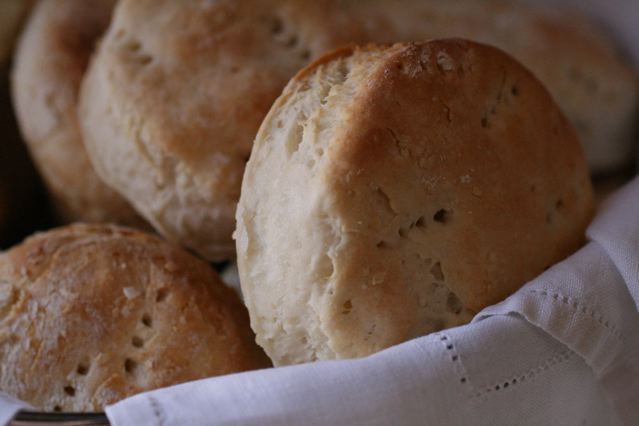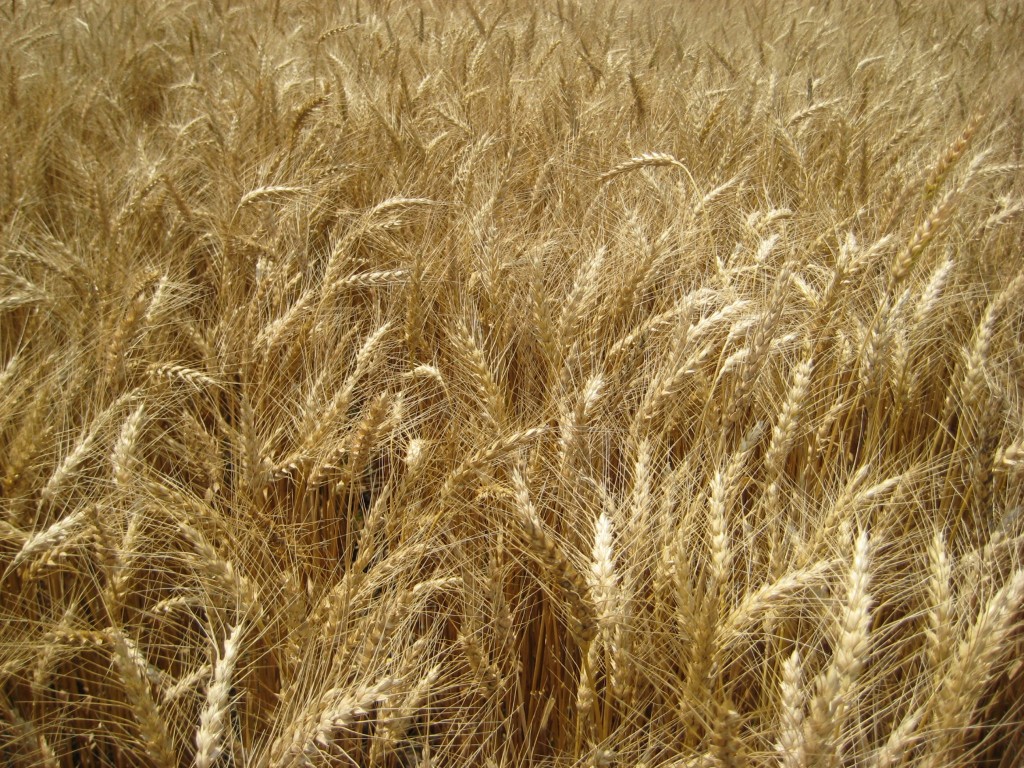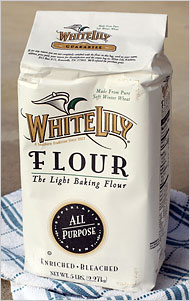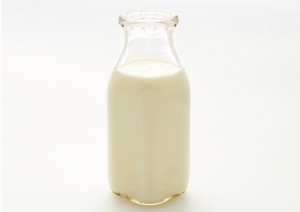I take biscuits pretty seriously, far more seriously that most Southerners. I realize the levity of a statement like this. Years ago before I went to college, I was a professional biscuit maker. I’m not sure exactly if professional applies, but I made a lot of biscuits for money…repetitively. I would start my shift at 3 am at Hardees. By the end of a shift at 11 am, I would have made anywhere from a few hundred to a thousand biscuits. I knew the steps and secrets to get consistently thick, crumbly, and moist biscuits. A biscuit I was proud of. Don’t work the dough too much and keep everything cold. And God forbid use the right flour and do not, under any circumstances, omit buttermilk.

There is only one kind of biscuit, the Southern one, and it has special needs. The first is the proper flower, low in protein and gluten. Wheat flour contains two kinds of proteins, glutenin and gliadin, found readily inside the wheat kernel. These stored proteins within the seed help nourish young plants during germination. Interestingly both of these proteins are water insoluble. Through the process of hydrolysis these proteins get hydrated allowing linkages to form between them. These chemical bonds between the glutenin and gliadin form gluten.

http://www.uky.edu/Ag/GrainCrops/ID125Wheat_Management_Kentucky.html
But in a good Southern biscuit we do not want the chewiness that gluten provides. It’s a biscuit not a bagel. We want crumbly. This really can only be delivered by a soft red winter wheat flour. Wheat is classified into six categories: hard red winter, hard red spring, soft red winter, hard durum, hard white, and soft white wheat. Hard wheat has bucket loads of gluten and great for breads. Soft wheats…will that’s the ticket for the biscuits. White Lily All Purpose Flower is the one you want partly because of the gluten and part because it’s a Southern custom.
 Gluten formation is also the very important reason why we do not work the dough too much. Kneading the wet dough ensures that the glutenin and gliadin come into constant contact to form gluten strands. The more kneading and water, the more gluten formation and that can quickly turn a biscuit into cookie.
Gluten formation is also the very important reason why we do not work the dough too much. Kneading the wet dough ensures that the glutenin and gliadin come into constant contact to form gluten strands. The more kneading and water, the more gluten formation and that can quickly turn a biscuit into cookie.
The next major ingredient is fat in the form of butter. Fat’s responsibility other than tasting fantastic is many. First, butter needs to melt and leave behind air pockets. These pockets are used by chemical leaveners to release gases and create lift in the biscuit. One needs to distribute butter chunks throughout the crust to form these pockets. Large butter clumps equal a few larger pockets. Even more disastrously, completely mix the butter into dough and you will lose all the pockets. Our need of these air pockets is also of course why keep the butter and dough cool. The melting of the butter should not happen until the biscuit hits the oven otherwise no pockets. Second, butter coats the gluten and starches in the flower and prevent them from becoming tough. Similar to how butter coats your stomach and softens you up a bit first thing in the morning. Third, the moisture in butter also creates steam and helps the biscuit to rise.
The chemical leavener of choice is baking soda, or sodium hydrogen carbonate. When we heat baking soda it begins a chemical reaction.
2NaHCO3 –> CO2 + H2O + Na2CO3
That forms carbon dioxide (CO2), water (H2O), and sodium carbonate (Na2CO3). The last of these is a strong base and we often need an acid to neutralize it. Baking powder is simply a baking soda with acid added that neutralizes this base.
NaHCO3 + H+ –> Na+ + H2O + CO2
Let’s not forget that all this chemistry here is producing CO2 gas that gives our biscuit rise and water that is keeping our biscuits moist.
 Last and importantly, a good Southern biscuit demands buttermilk. Buttermilk is acidic (a pH of 4.4 – 4.8). For comparison, acid rain has a pH of approximately 4. The acidity helps to neutralize the baking soda. As well, that acidity from buttermilk also helps tenderize the formed gluten strands.
Last and importantly, a good Southern biscuit demands buttermilk. Buttermilk is acidic (a pH of 4.4 – 4.8). For comparison, acid rain has a pH of approximately 4. The acidity helps to neutralize the baking soda. As well, that acidity from buttermilk also helps tenderize the formed gluten strands.
All along the particulars of the Southern Buttermilk Biscuit were based in just good science.
